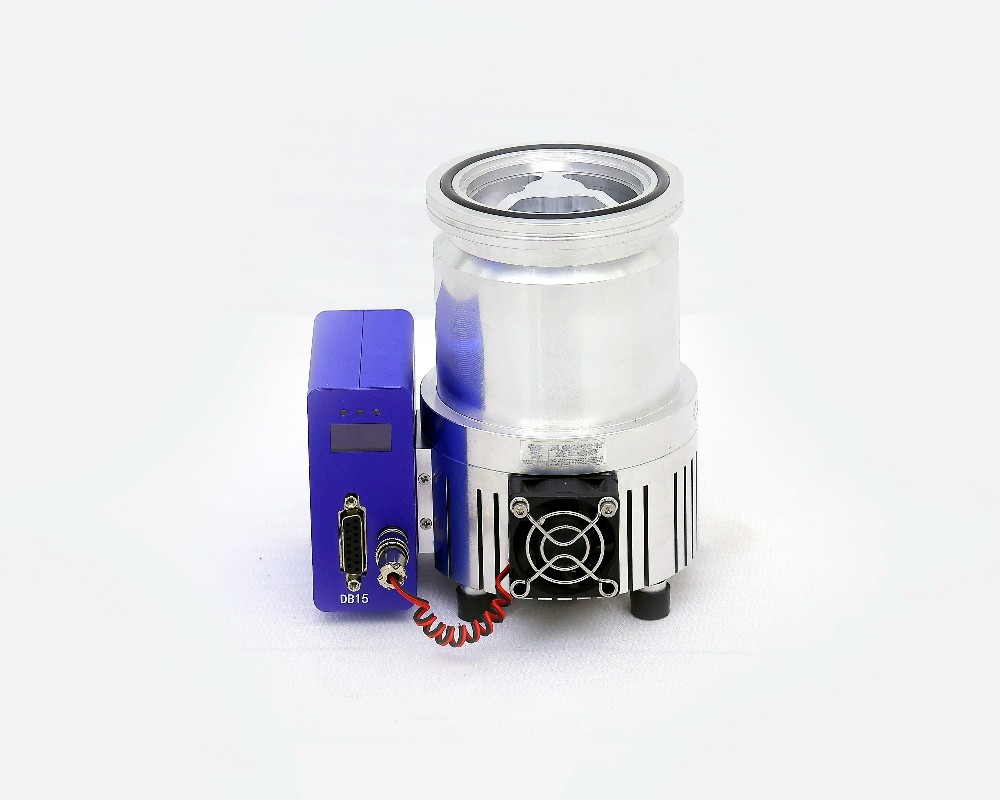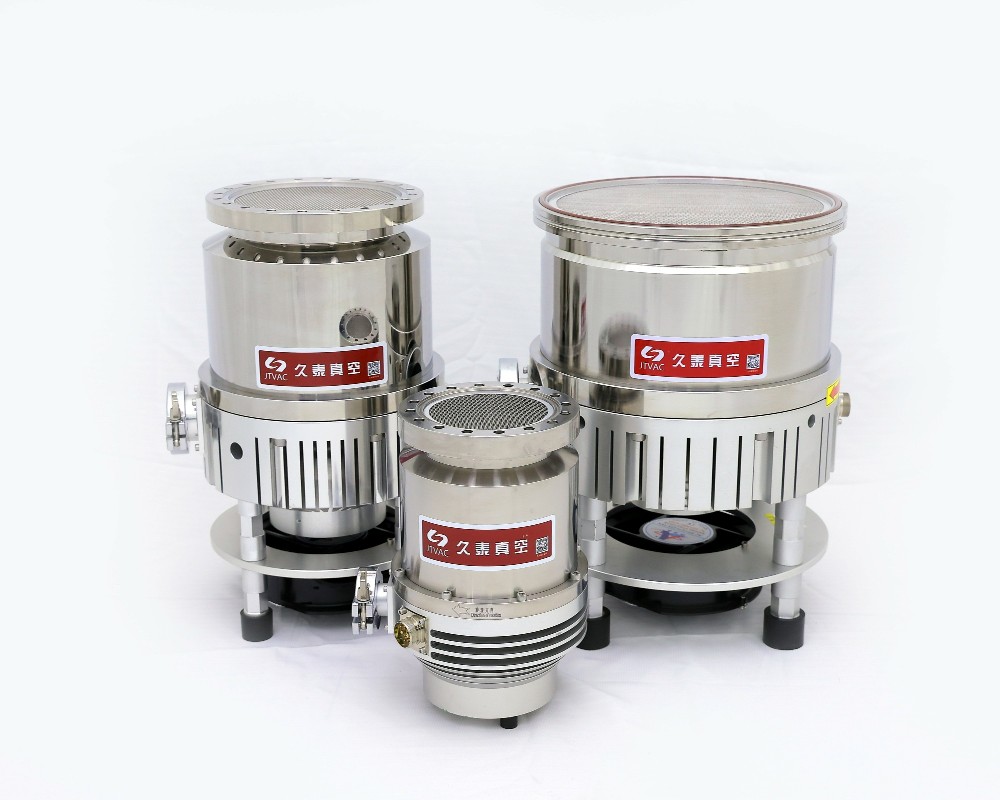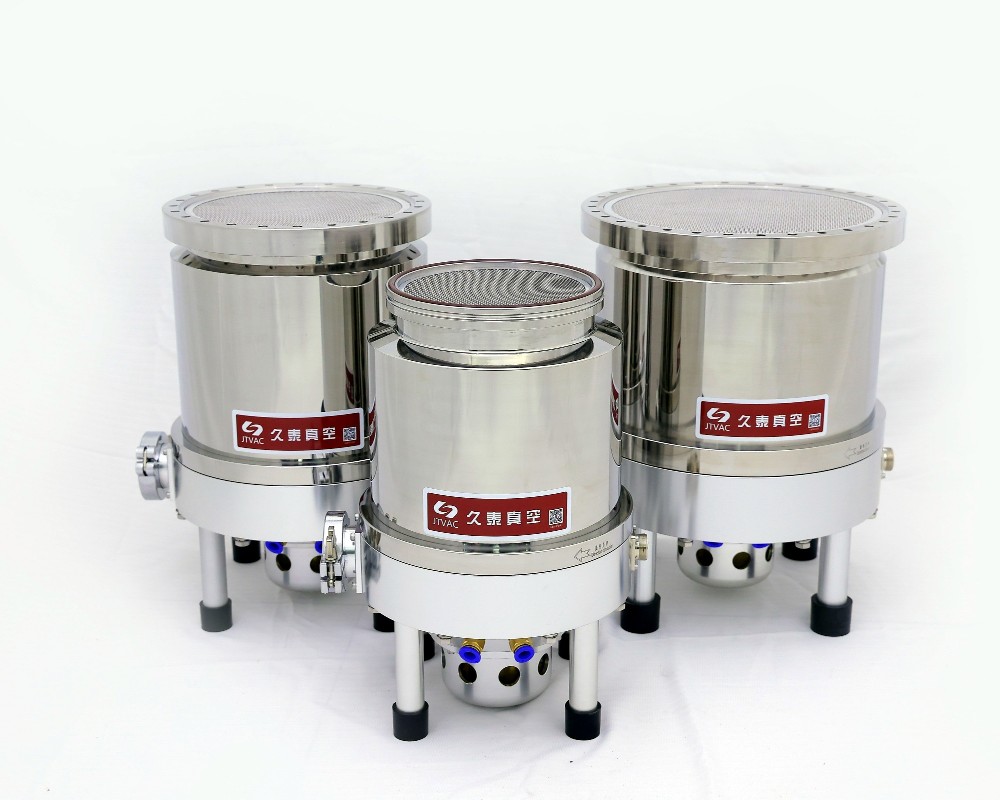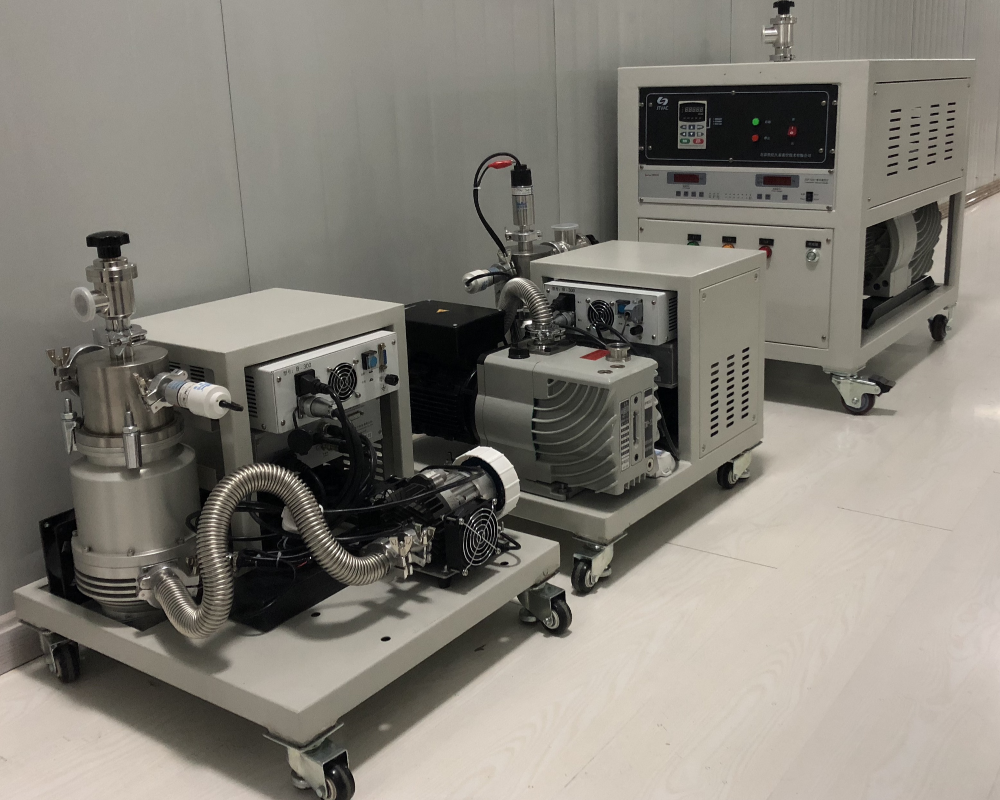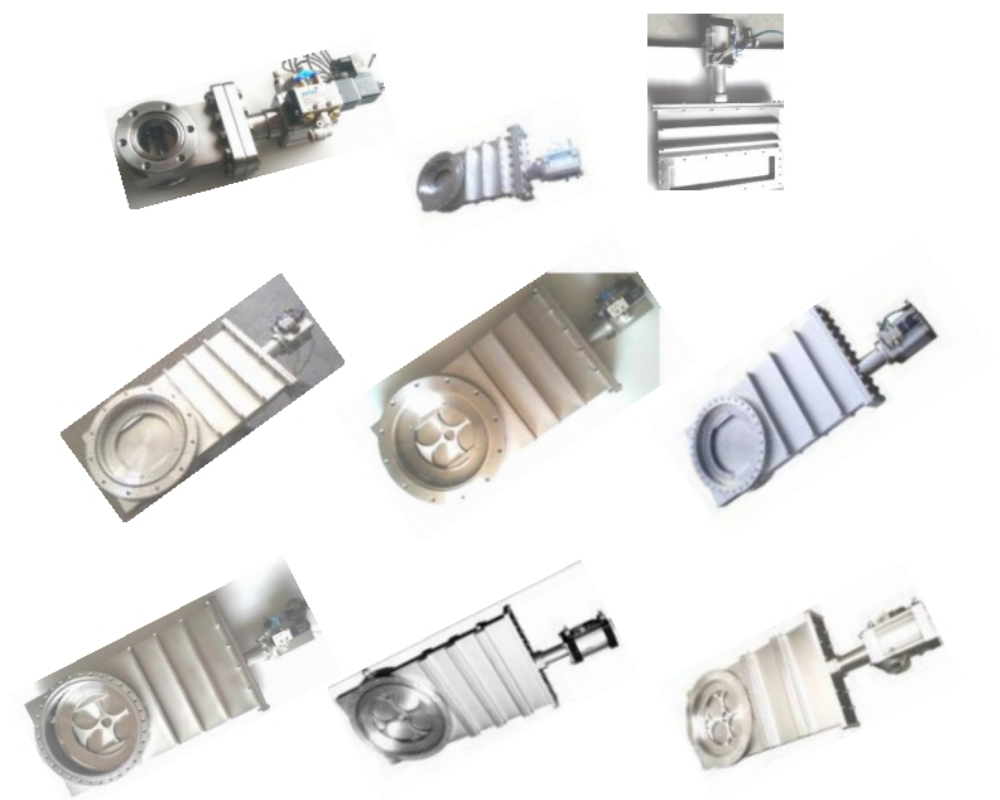1. Introduction to Jiutai Vacuum Grease Lubricated Molecular Pump
JTFB-Z series grease lubricated molecular pump is a mechanical vacuum pump that realizes air extraction through the relatively high-speed rotation of multi-stage dynamic and static turbine blades. This turbomolecular pump has the characteristics of high pumping speed and high compression ratio in the molecular flow area, and is more energy-saving than diffusion pumps and has no oil vapor pollution. The JT series grease lubricated molecular pump is currently the molecular pump with the largest pumping speed of 100 caliber in China.
This molecular pump has no selectivity and no memory effect on the pumped gas. Because it has a high compression ratio for gases with large molecular weight, the pump does not require cold traps and oil baffles to obtain clean high vacuum and ultra-high vacuum. It is widely used in various fields of electronics, metallurgy, chemical industry, scientific research and vacuum technology.
The JT series grease lubricated molecular pump is supported by imported precision ceramic bearings. The pump rotor is dynamically balanced after the whole machine, and the operation is stable and reliable. The motor is a squirrel cage three-phase motor, and the bearing lubrication is grease lubrication, which can be installed at any angle.
2. Grease-lubricated molecular pump selection guide
(1) Pumping speed requirements
Clear pumping speed range:
Laboratory applications: Common pumping speeds are 50–300 L/s.
Industrial applications: For example, vacuum coating equipment requires higher pumping speeds, such as 500–1500 L/s.
Special scenarios: You can choose a higher or lower pumping speed model based on the chamber size and process requirements.
Gas type: You need to consider the performance of the pump when handling light gases (such as hydrogen and helium) or heavy gases (such as argon).
(2) Ultimate vacuum
Confirm the vacuum requirements of the application:
High vacuum field: The general ultimate vacuum is 10⁻⁵ to 10⁻⁶ Pa.
When the vacuum purity requirements are lower, a more economical model can be selected.
(3) Chamber volume and pumping time
Determine the chamber volume and the target vacuum to be achieved, and calculate whether the pumping speed can meet the requirements within the specified time.
(4) Gas flow and process adaptation
Ensure that the pump can handle the gas flow generated during the process.
For scenarios involving water vapor or low-corrosive gases in the process, grease-lubricated molecular pumps perform well.
(5) Structure and installation
Flange interface type: Select a flange that matches the device interface (such as ISO-KF, ISO-F, CF).
Installation direction: Most grease-lubricated molecular pumps support vertical installation. It is necessary to confirm whether there are other direction requirements.
Cooling method: Air cooling is usually used, which is suitable for scenarios where the operating environment is not higher than 40°C; water cooling can be selected for high-temperature environments.
(6) Service life and maintenance
Grease-lubricated molecular pumps have lower maintenance costs than oil-lubricated pumps and do not require frequent lubricant changes.
Service life: Check the bearing life data provided by the manufacturer to ensure that the pump can meet long-term operation requirements.

 中文版
中文版 English
English